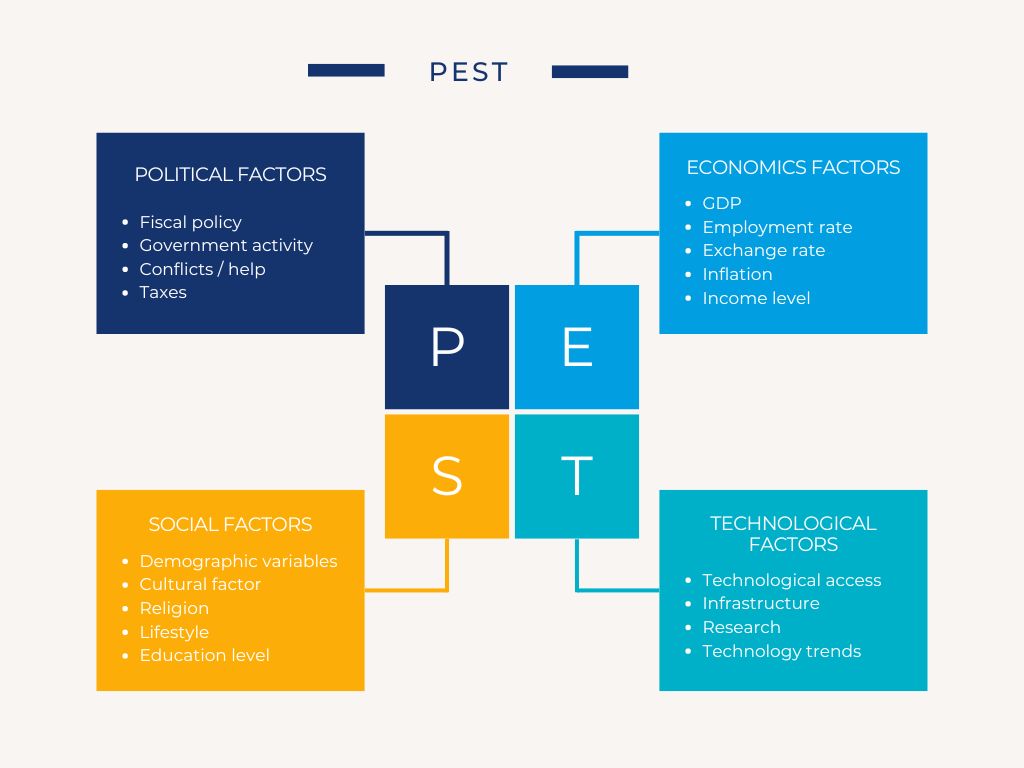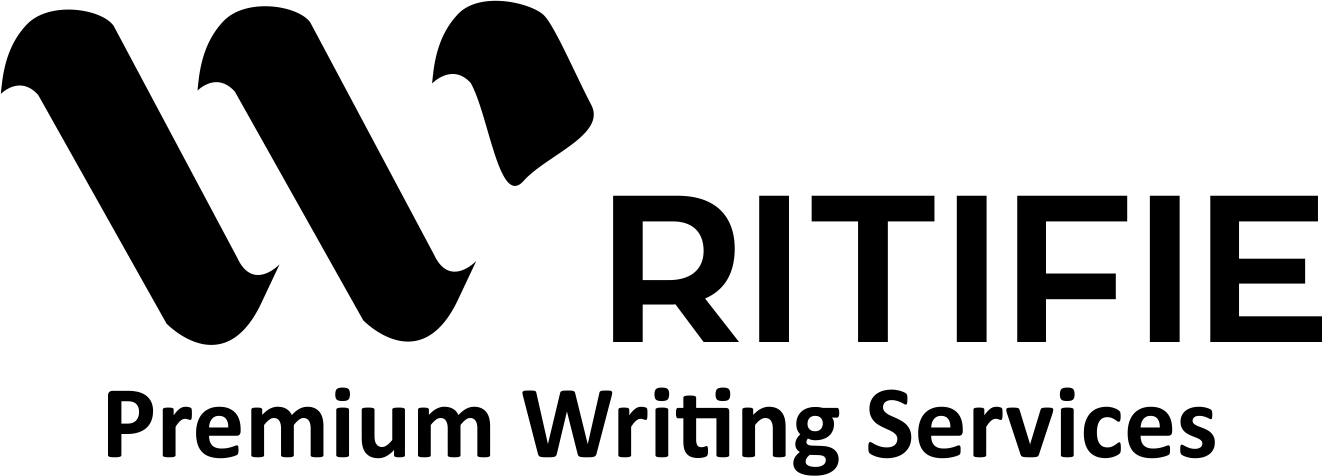
PEST Analysis: Advantages and Limitations Ultimate Guide

In today’s ever-changing and dynamic business environment, organisations have to stay ahead of external factors that will influence how the business will work. One of the best tools with which to analyse these factors is the PEST analysis. The strategic framework allows businesses to understand the macro-environmental factors that may affect their performance. In this blog post, we’ll discuss what PEST analysis is, the benefits of using it and its limitations.
1. What is PEST Analysis?
PEST analysis is one strategic analysis for identifying and analysing an organisation’s external and internal Political, Economic, Social and Technological (PEST) factors. By studying these four categories, businesses can learn about the external forces that are affecting their industry and make informed decisions.
1.1 Political Factors
Political factors refer to government policies, regulations, and legal matters that can affect business operations. This includes tax regulations, trade barriers, political stability, and employment legislation. Help companies stay proactive about compliance requirements and understand potential regulatory changes.
1.2 Economic Factors
Economic factors are tied to the State of the broader economy and how that impacts an organisation’s performance. Examples of such factors are interest rates, inflation, economic growth, and exchange rates. This type of analysis can give businesses a way to adapt to changes in the economy.
1.3 Social Factors
Social factors make up the cultural and demographic aspects of the external environment. This includes consumer attitudes, demographic trends, attitudes to life, population-based factors, education, etc. By staying on top of social trends, companies can adapt their offerings to meet the needs of consumers.
1.4 Technological Factors
Technological factors examine the impact of new and emerging technologies on an industry. This includes innovation, automation, research and development and technological awareness. Continuing education: As technology advances, businesses can stay ahead of the curve by staying informed about the latest developments.
2. Advantages of PEST Analysis
Implementing a PEST analysis offers several benefits that can enhance strategic planning and decision-making.
2.1 Good command of the External Environment
The PEST analysis provides a structured methodology for conducting external analysis. Such in-depth knowledge can help organisations identify opportunities and threats in the macro-environment.
2.2 Informed Strategic Planning
Political, economic, social and technological – By looking at political, economic, social and technological factors, companies can develop strategies that are grounded in reality. Such a futurist mindset minimises risks and capitalises on opportunities beyond the company.
2.3 Market Trend Forecasting
PEST analysis helps companies predict market trends influenced by external factors. Being able to observe these trends early is critical for making timely changes in product development and marketing strategies.
2.4 Enhanced Risk Management
External factors can be better managed with a better understanding. Additionally, companies can develop contingency plans in the event of potential problems that may arise due to political volatility, economic decline, or technical disruptions.
2.5 Better Appropriation of Resources
The information gathered from a PEST analysis can allocate resources efficiently. This ensures that organisations can allocate their Time and resources to areas where they have the greatest impact.
3. Limitations of PEST Analysis
While PEST analysis is a valuable tool, it has limitations that organizations should consider.
3.1 Extreme Focus on External Factors
PEST analysis only looks at the external factors, so important internal strengths and weaknesses might be missed. Having only PEST as the basis for strategic analysis is ultimately bad.
3.2 Static Snapshot
The analysis reveals the external environment at a specific moment in Time. Since external factors change, the information may become outdated quite quickly.
3.3 Subjectivity in Analysis
Modelling external factors is always a matter of subjectivity. Personal tastes and assumptions can influence the analysis, potentially impacting its validity or reliability.
3.4 Time-Consuming Process
Doing a proper PEST analysis can be time-consuming. Large amounts of data may need to be analysed, and this may require significant resources, which can be challenging for small organisations.
3.5 Limited Predictive Power
The PEST analysis only determines what factors could influence the company’s external environment and doesn’t tell you how it will happen in the future. The macro-environment remains fickle, and change is almost always unanticipated..
4. Conclusion
PEST analysis is an excellent tool for understanding the factors outside the organisation that may affect an organisation. Business organisations can make sound strategic decisions if they carefully analyse political, economic, social, and technical aspects. However, like any other tool, PEST analysis has some limitations that are worth keeping in mind and requires the complementary use of the different strategic tools. Industrial analysis requires a comprehensive approach that balances external analysis with internal assessments to achieve a better and deeper understanding of the complex business environment in which you operate.
